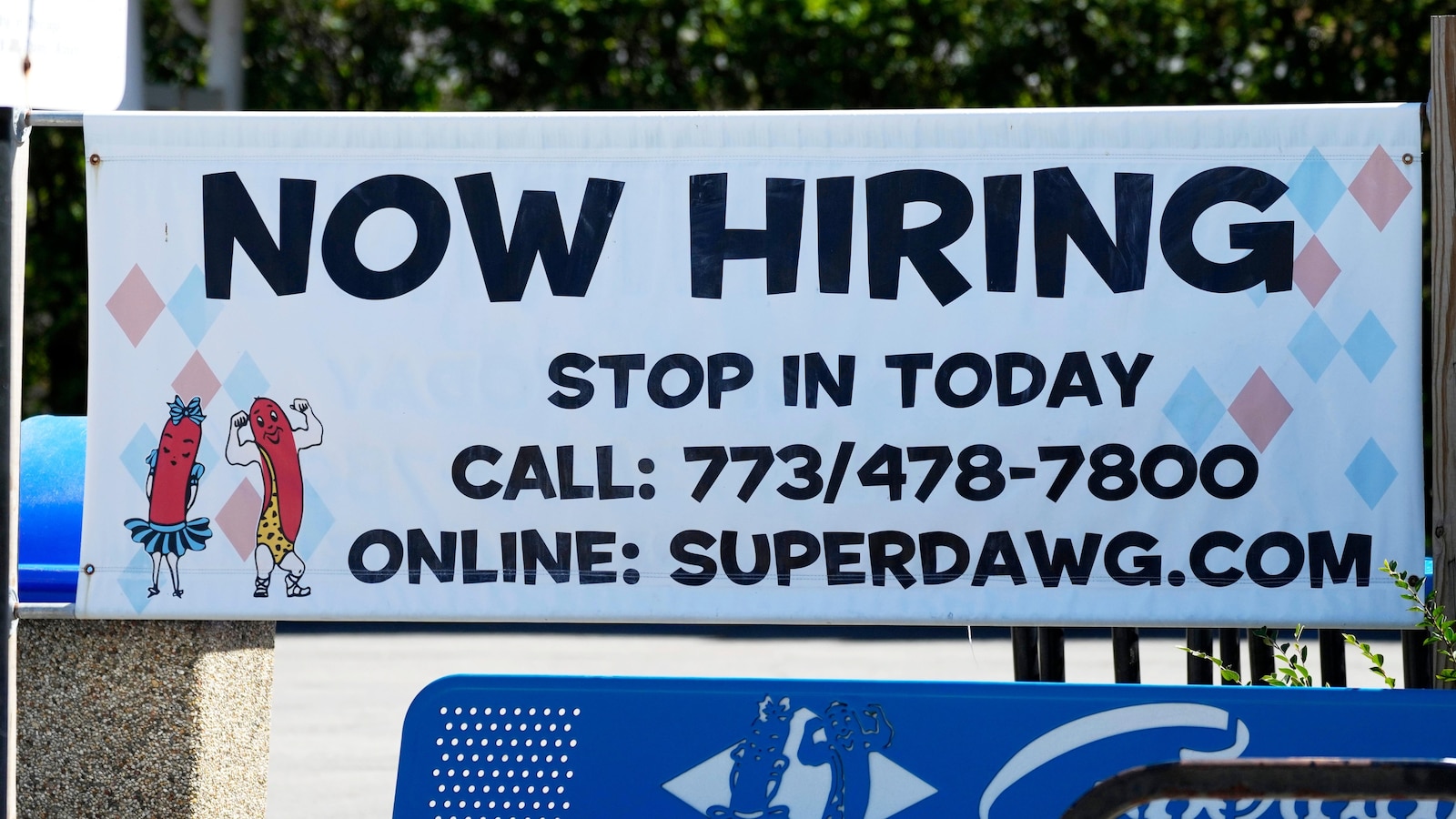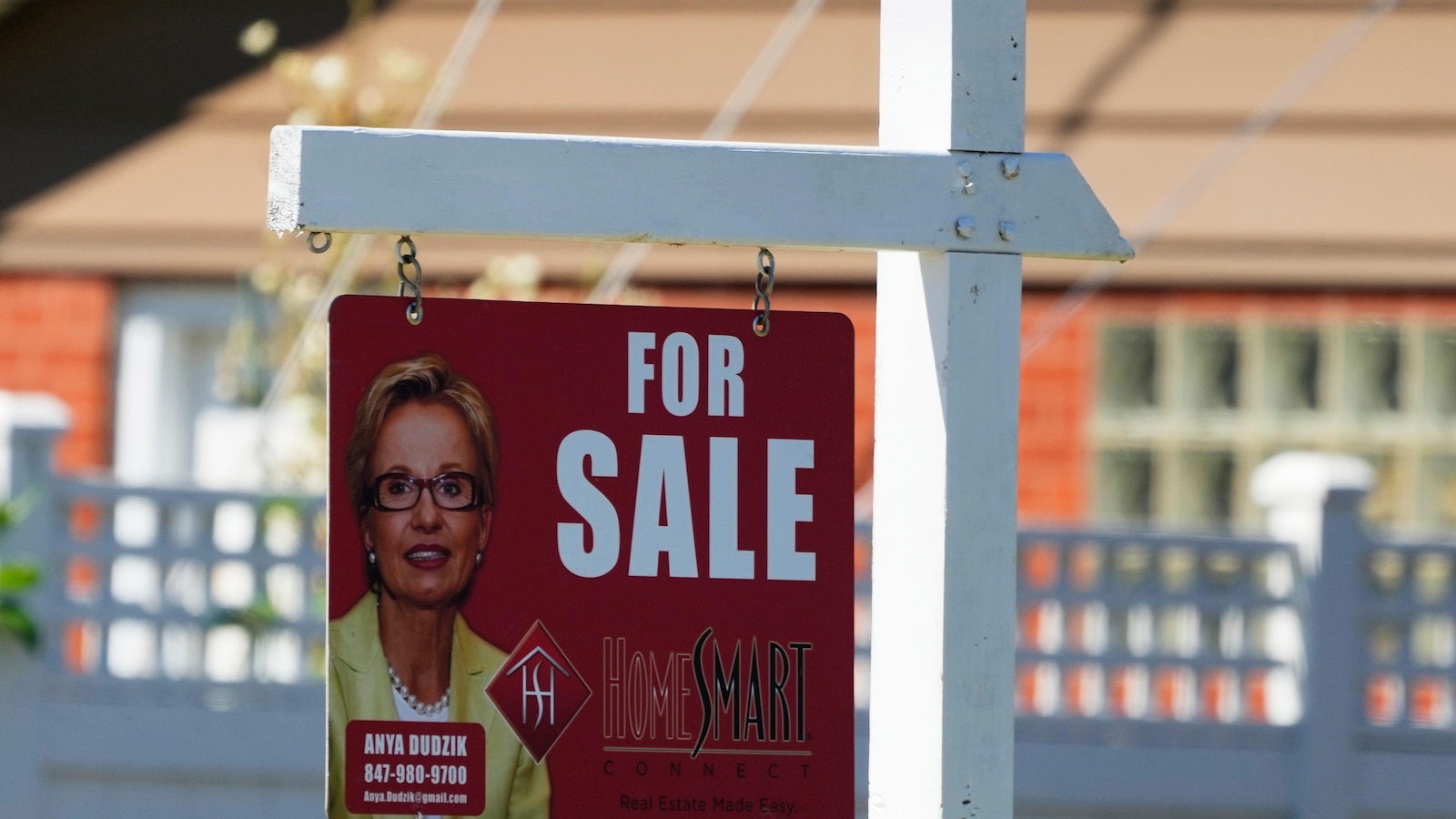
WASHINGTON — The number of Americans filing for unemployment benefits inched up last week and remain historically low, however the total number of people collecting jobless benefits continues to grow.
The Labor Department reported Wednesday that jobless claims for the week ending June 29 rose by 4,000 to 238,000 from 234,000 the previous week. The data was issued one day earlier than its regular Thursday release due to the July Fourth holiday.
The total number of Americans collecting unemployment benefits rose for the ninth straight week, to 1.86 million, for the week of June 22. That’s the most since November of 2021.
Economists say that while the number of new people applying for jobless aid each week remains relatively modest, some who are receiving benefits are finding it harder to land new jobs. That suggests that demand for workers is waning, even as the economy remains strong. That, combined with recent data showing that inflation continues to ease, could point to the so-called “soft-landing” the Federal Reserve was aiming for when it began its rate-hiking campaign.
The Federal Reserve raised its benchmark borrowing rate 11 times beginning in March of 2022 in an attempt to extinguish the four-decade high inflation that shook the economy after it rebounded from the COVID-19 recession of 2020. The Fed’s intention was to cool off a red-hot labor market and slow wage growth, which can fuel inflation.
Many economists had expected the rapid rate hikes would trigger a recession, but so far that hasn’t happened, thanks in large part to strong consumer demand and a sturdier-than-expected labor market.
“The data bear watching for signals about a more material weakening in the labor market going forward, which will have implications for Fed policy,” said Rubeela Farooqi, chief U.S. economist at High Frequency Economics.
The Fed’s next policy meeting comes at the end of this month, but few experts are expecting a rate cut then. However, investors are betting that there is nearly a 70% chance for a reduction at the Fed’s September meeting.
The Fed will release the minutes from its most recent interest rate policy meeting Wednesday afternoon and there may be more hints as to how Fed officials feel about the state of the U.S. economy, and what they may be thinking about current interest rates.
While the labor market remains sturdy, recent government data suggest some softness taking hold.
The four-week average of claims, which evens out some of the week-to-week volatility, also continued to climb, rising by 2,250 to 238,500.
Applications for jobless benefits are trending higher in June after mostly staying below 220,000 this year. The unemployment rate ticked up to 4% in May, despite the fact that America’s employers added a strong 272,000 jobs last month. Job postings in May rose slightly to 8.1 million, however, April’s figure was revised lower to 7.9 million, the first reading below 8 million since February 2021.
The government issues its June jobs report on Friday. Analysts are forecasting that U.S. employers added 190,000 jobs last month, a healthy figure but down from May.
Weekly unemployment claims are widely considered as representative of layoffs.
The United States is facing a concerning trend as jobless claims continue to rise for the ninth consecutive week. The increase in both initial jobless claims and continuing claims is a troubling sign of the ongoing economic challenges brought on by the COVID-19 pandemic.
According to the latest data from the Department of Labor, initial jobless claims rose by 742,000 in the week ending November 14th. This marks an increase of 31,000 from the previous week and is higher than economists had predicted. Additionally, continuing claims, which reflect the number of individuals receiving unemployment benefits for consecutive weeks, also rose to 6.37 million.
The rise in jobless claims can be attributed to several factors. First and foremost, the resurgence of COVID-19 cases across the country has led to renewed lockdowns and restrictions in many states. This has forced businesses to close or reduce their operations, leading to layoffs and furloughs. The uncertainty surrounding the pandemic has also made consumers more cautious, leading to decreased spending and further impacting businesses.
Another factor contributing to the increase in jobless claims is the expiration of federal aid programs. The CARES Act, which provided additional unemployment benefits and assistance to those affected by the pandemic, expired at the end of July. While Congress has been debating a new stimulus package, no agreement has been reached yet, leaving many individuals without crucial financial support.
The rise in jobless claims is a concerning sign for the overall health of the economy. High levels of unemployment can lead to decreased consumer spending, which in turn can impact businesses and lead to further layoffs. This creates a vicious cycle that can be difficult to break without significant government intervention.
To address the rising jobless claims, policymakers must prioritize providing support to individuals and businesses affected by the pandemic. This includes extending unemployment benefits, providing financial assistance to struggling industries, and implementing measures to control the spread of COVID-19.
In conclusion, the increase in US jobless claims for the ninth consecutive week is a troubling sign of the ongoing economic challenges brought on by the COVID-19 pandemic. It is crucial for policymakers to take swift and decisive action to support those affected by unemployment and prevent further economic hardship.


